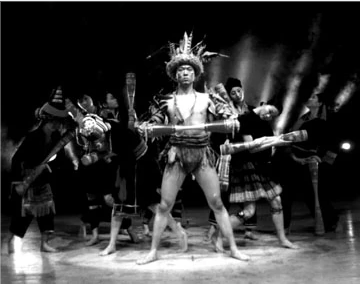How the drum is played
398 views · Organized by 默妍 on 2022-03-10
When playing, the long drum is placed flat on a special drum stand or table. One person can slap one end of the drum face with his hands, or two people can slap the drum face at both ends. It is only used for ensemble or singing and dancing accompaniment, not as a dance prop. Use; when playing the middle-length drum and the small-length drum, hold the waist of the drum with the left hand, beat the drum faces at both ends with the right hand, and dance while hitting, this is the famous Yao Patriarch's drum.


Involving musical instruments
There are three common types of long drums (pinyin: cháng gǔ), one is the Korean long drum, the other is the Yao nationality long drum, and the other is the Fuzhou wolf string. The Korean long drum is mainly popular in Yanbian Korean Autonomous Prefecture of Jilin Province and other areas inhabited by Koreans, also known as Fugu. The Yao nationality long drum has been circulated in the Song Dynasty. It is mostly made of Yanzhi wood with fine craftsmanship. It is mainly used for dance accompaniment. Fuzhou wolf string, also known as Fuzhou long drum, is a traditional Fujian folk percussion instrument, which is mostly used in Fujian folk music.
Guess you like
Organized by 没头脑 on 2022-03-10
The first and foremost is to master a good "hands". At the same time, there must be formal and easy-to-understand playing techniques and playing skills. Of course, these alone are not enough.
read >>
Organized by 小何 on 2022-03-10
The Yao nationality long drum is finely made, beautiful in appearance, slender and slender, mostly made of yanzhi wood. The whole log is made by turning the car. In the same way, the shape is in the shape of two inverted trumpets, and the drum openings at both ends are relatively thick, slightly thick and empty, forming two resonating drum cavities. The middle drum waist is relatively small.
read >>
 渝公网安备 50010702504639号
渝公网安备 50010702504639号